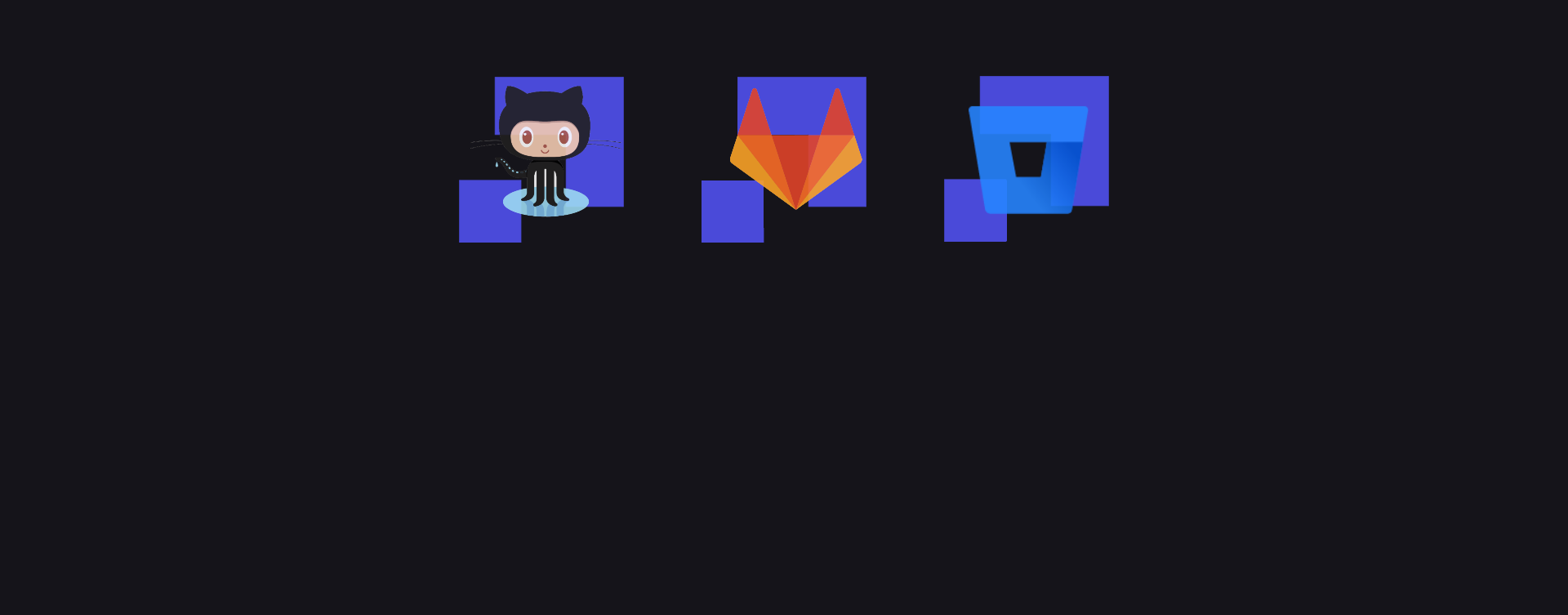Outsourcing: what is it, and why do IT business owners need it? It is quite simple – this software development model has a lot of advantages. Outsourcing has long been an integral part of the IT industry. And it does not intend to give up its relevance. Experts predict that the cost of outsourcing services in the IT market will exceed 97.5 billion dollars by 2024.
Let's take a look at the concept of outsourcing, its strengths and weaknesses, and analyze the most critical factors and subtleties of cooperation in this area.
What Are Outsourcing Services in IT?
Outsourcing means delegating specific tasks to another organization that works in the right field. It is used when your company does not have the appropriate resources or specialists. Outsourcing is widely used not only in the technology industry but also in other areas of activity. Nevertheless, IT tasks are most often delegated to professional development companies.
What Are the Key Models of Cooperation With Outsourcing Companies?
Currently, there are two directions:
- staff expansion model;
- model of complete transfer of IT product development.
Which direction is better to cooperate with outsourcers? Here it all depends on your needs. Let's take a closer look at both models.
Staff augmentation or a dedicated development model
This direction of cooperation is suitable when it is necessary to expand the company's IT department promptly. The dedicated development model is often used to work on frontend and backend tasks. But a specialist may be hired for any stage of development. For example, you can hire a dedicated business analyst, designer, or tester. Here everything will depend on the existing employees in your team and the goals you have set.
Full outsourcing of development
This model is most suitable for startups and companies without an IT team. It implies the transfer of a business project to specialists to obtain a ready-made solution. The outsourcing company takes over the entire process of creating a product that will meet your requirements and business goals.
Types of Cooperation With the Outsourcing Team Depending on Payment
It is worth noting that the process of outsourcing IT solution production is not just a payment for writing code but multi-level cooperation based on different models. Thus, there are three types of work with the outsourcing team.
Payment according to the “Time and Material” model
Suitable for small projects. Cooperating in this way, you only pay for the time spent producing the software. It is also perfect for developing applications that require a small number of technical means (1-3).
Fixed payment for the work
This model implies a contract with clearly defined tasks, project specifics, the scope of work, and prices. Since the contract “turns off” the ability to make global changes to the product, the fixed-price model is more typical for small startups.
Payment for the dedicated team services
Reminds of the standard payroll process for employees. While the product is being implemented, you pay a fixed amount to the dedicated professionals hired each month. This model is more suitable for long-term, complex projects requiring constant professional monitoring.
Summing up, we can say that each model of collaboration is designed for specific development goals and requirements. So far, no universal one has been invented, so how to work with outsourcers depends only on your business goals.
How Does Development Process Work?
The standard scheme of creating new software consists of several obligatory stages:
- Introductory briefing – discussion of goals and deadlines of the entire project.
- Expert evaluation – discussing an app's functionality, features, and visual appearance.
- Development – direct production of the product, writing code, etc.
- Testing and support – performance testing of the final version, further improvement, and upgrade of the project.
We also draw your attention to the fact that before working with an outsourcing team, it is worth getting to know the advantages and disadvantages, the technical component, the payment method, the mandatory functions for implementation, and other essential factors. But first, let's talk about the stages of collaboration in more detail.
Introductory briefing
You need to define the goals of creating the app. For whom is it made, what needs will it satisfy, and what business tasks will it help to solve? For example, a mobile game and a cab app are entirely different. They are created with various tools, so you need to determine the type of product so to hire a team with the right skills.
It implies drawing up the essential functions of the IT product and discussing possible risks. You must resolve all legal issues with the outsourcing company at this stage, determine communication channels, and set deadlines. Also, during this stage of work, in close cooperation with the specialists, it is necessary to make sure that the code written for you is reliable and secure.
When developers get down to work on a product, you cannot stand back and wait. For best results, you need to be actively involved in this process. As the customer and the author of the idea, you must control the work and steer the team in the right direction. So make a product description, UI/UX, list of features and functions, technology stack, and more in advance.
Before you make a choice, you need to get acquainted with the person leading the team. Discuss general questions about the project; this will help you see how much they share your views and understand your goals. Ask for something more specific to make sure the person is a professional. Thoroughly research the team's portfolio and completed projects. You can go for a little trick: Make an unscheduled call and observe the reaction. It will help you to understand how interested the person is in collaborating.
It is crucial to track the work progress of the product. It requires a plan with prescribed work time intervals and verification of completed tasks. Management tools like Asana, Trello, and the like can come in handy. Appointing a project manager to oversee the development of the product by a remote team can also be a good solution.
What IT Services Do Businesses Most Often Outsource?
Business owners resort to offshore development when they need: web development, a mobile app, or a hybrid IT product. Let's take a closer look at them.
It is an app, platform, or other web resource created to work on the Internet. Such products work on all devices with a web browser. To implement them, you need to hire a team of specialists. Note that it is the easiest and most economical way to create an IT project.
Before outsourcing a mobile app, you need to determine which operating system it should be developed for: iOS, Android, or both. In the latter case, it is possible to hire two groups of specialists with different skills and technology stacks or use React Native to develop a cross-platform product. From a financial point of view, this is quite costly, but it fully justifies the expenses if your project is aimed only at smartphone users. After all, this way, you will create a relevant product with increased performance for them.
You can create such a product by turning to a single team that works in the direction of hybrid development. For businesses that target both smartphone users and web users, a good solution would be to create a progressive app. It will allow your website page to be displayed as a mobile app. Specialists in this industry can implement your project for multiple sites in a short time and at a reasonable cost.
When outsourcing any project, it's important to consider all the nuances of collaboration – from the benefits to the location of the outsourcing company.
Where to Order Development and How Much It Will Cost?
The cost of producing a mobile app can vary depending on the location of the outsourced team. Prices range from $25,000 to $100,000. For example, a simple smartphone app will cost between $20,000 and $50,000, while a more complex version can cost around $100,000 or $200,000.
Let's take a closer look at the price list of standard apps and their average price:
real estate apps – $1,200-1,500;
messengers, like Telegram – $50,000-130,000;
dating apps like Tinder – $80,000-200,000;
navigation apps – $25,000-50,000;
social apps – from $25,000;
mobile banking apps – $40,000-70,000;
Taxi app like Uber – $25,000-100,000.
To create a reliable product, you also need to consider the programming language. In 2022, Python is leading the way, slightly ahead of JavaScript. So how much will it cost to hire a Python developer, depending on the country? The US and UK are considered the most expensive to hire.
Conclusion
Outsourcing is a complex, multi-layered process. But with the right team choice, careful legal paperwork, and a streamlined list of project requirements, you'll get a competitive and reliable product with minimal time and budget.
If you have more questions about outsourcing development write us at info@veprof.com


